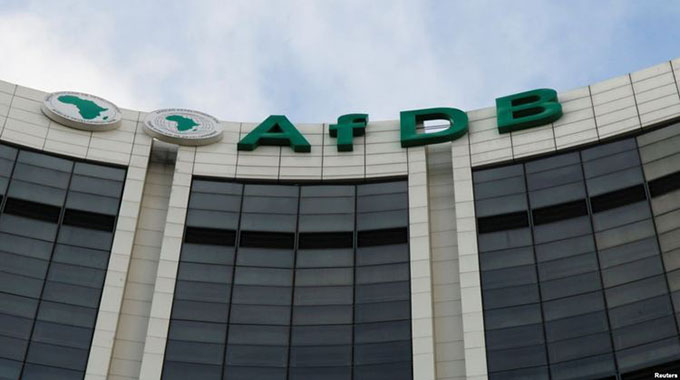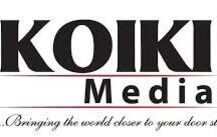Since 1999, international capital markets locked Zimbabwe out after it defaulted on its debts

Abidjan/Harare – Zimbabwe needs to come up with $3.7 billion annually through the end of the decade if it wants to upgrade its economy and achieve its vision of becoming an upper middle-income country by then, the African Development Bank said.
The funding gap equates to about 13.4% of gross domestic product annually, and the magnitude of these estimated financing needs “casts doubt on the ability of Zimbabwe to mobilize these financial resources,” the Abidjan-based lender said in its country focus report.
Since 1999, international capital markets locked Zimbabwe out after it defaulted on its debts. It has $9.4 billion of multilateral and bilateral debt outstanding, 78% of which is for penalties and arrears on both interest and principal, the AfDB said.
The country owes Paris Club members $4.1 billion, with Germany, France, the UK, Japan and the US accounting of 76% of the amount, the bank said. It owes $2.1 billion to creditors outside of that group, the bulk of which is due to China.
The AfDB, which is the lead financial adviser on Zimbabwe’s debt-clearing plans, said the southern African nation had seen “minimal structural transformation” over the past four decades, “with the economy remaining heavily reliant on primary sectors such as agriculture and limited progress in transitioning to higher-value sectors such as manufacturing.”
Zimbabwe’s public debt surged 55% to $21.2 billion in 2023 from two years earlier, mainly due to the inclusion of $3.5 billion it needs to repay to former farm owners and $3.7 billion of central-bank liabilities that the Treasury assumed.Earlier this year, the US paused its involvement in talks on restructuring Zimbabwe’s debt. Relations between Washington and Harare that have been strained for years remain frosty after the US sanctioned President Emmerson Mnangagwa in March.
KOIKI Media bringing the world 🌎 closer to your door step
